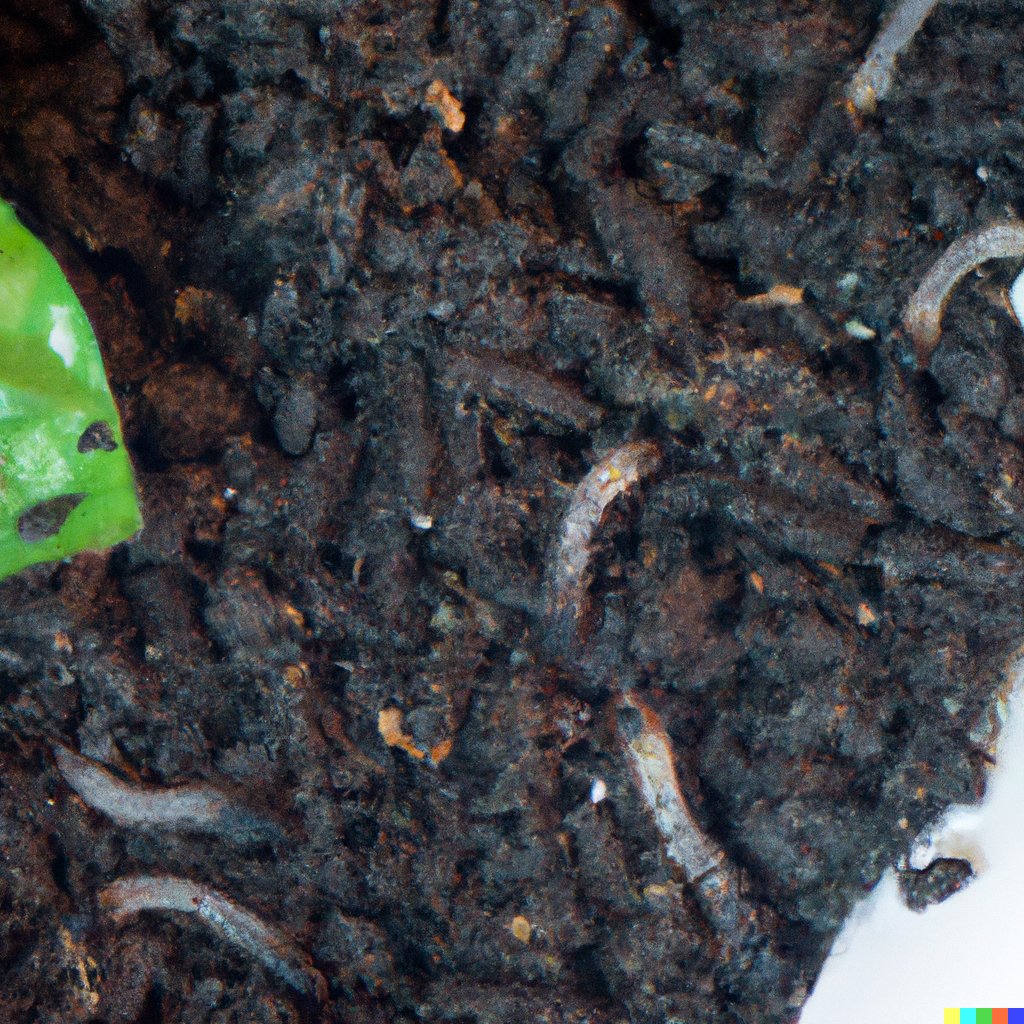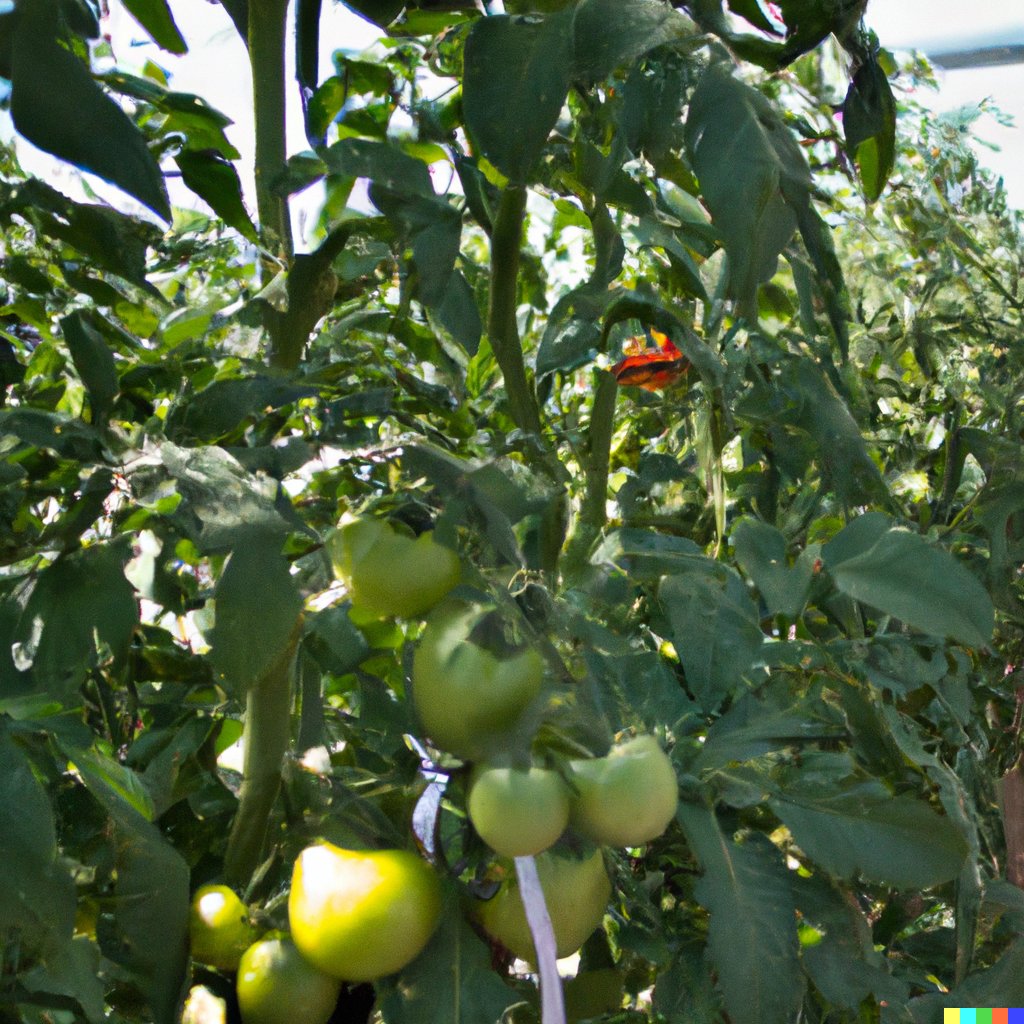
In the quest for a sustainable future, one reassuring fact stands out: the technology required to create a more sustainable world already exists. Advancements in science, engineering, and innovation have provided us with a wealth of tools and solutions to address pressing environmental challenges. Here are key reasons why the technology for a sustainable world is already at our disposal:
1. Renewable Energy:
Renewable energy sources such as solar, wind, hydro, and geothermal power offer clean alternatives to fossil fuels. These technologies are well-established and continuously improving, providing abundant and sustainable energy for a greener future.
2. Energy Efficiency:
Numerous energy-efficient technologies and practices are readily available. From energy-saving appliances and LED lighting to smart grid systems, these solutions reduce energy consumption and greenhouse gas emissions.
3. Electric Vehicles:
The automotive industry has witnessed significant advancements in electric vehicle (EV) technology. EVs offer a sustainable alternative to conventional cars, reducing air pollution and reliance on fossil fuels.
4. Waste Management Innovations:
Innovative waste management technologies, including recycling, composting, and waste-to-energy processes, allow us to minimize landfill waste and extract value from discarded materials.
5. Smart Agriculture:
Technology-driven agriculture practices, such as precision farming, vertical farming, and aquaponics, enhance food production while conserving resources and minimizing environmental impact.
6. Water Conservation Technologies:
From water-efficient appliances to water recycling systems, technology empowers us to conserve this precious resource and mitigate water scarcity.
7. Green Building Design:
Sustainable building materials and design concepts, along with smart technologies for energy management, contribute to more eco-friendly and energy-efficient structures.
8. Remote Sensing and Monitoring:
Satellite technology and remote sensing enable us to monitor environmental changes, track deforestation, and assess the impact of climate change on a global scale.
9. Carbon Capture and Storage (CCS):
CCS technologies capture carbon dioxide emissions from industrial processes and power plants, offering a pathway to reduce greenhouse gas concentrations in the atmosphere.
10. Blockchain for Sustainability:
Blockchain technology can enhance transparency and traceability in supply chains, promoting ethical sourcing and sustainable practices.
11. Clean Water Solutions:
Various technologies, such as desalination and advanced water filtration systems, address water scarcity challenges and improve access to clean drinking water.
12. Internet of Things (IoT) for Sustainability:
The IoT facilitates efficient resource management and optimization, allowing real-time monitoring and control to reduce waste and energy consumption.
13. Carbon-Neutral Solutions:
Carbon offsetting and carbon-neutral practices help balance emissions by investing in projects that remove or reduce equivalent greenhouse gases.
14. Sustainable Materials:
The development of sustainable materials, like bioplastics and recycled textiles, helps reduce the environmental impact of various industries.
Frequently Asked Questions (FAQs) - Why the Technology for a Sustainable World Already Exists
Q1: What does it mean when we say the technology for a sustainable world already exists?
A1: It means that various innovative and proven technologies are available today to address environmental challenges and promote sustainability. These technologies encompass renewable energy, waste management, water conservation, smart agriculture, and more.
Q2: How do renewable energy sources contribute to sustainability?
A2: Renewable energy sources, such as solar, wind, hydro, and geothermal power, offer clean and sustainable alternatives to fossil fuels, reducing greenhouse gas emissions and dependence on finite resources.
Q3: Can technology help improve energy efficiency?
A3: Yes, technology provides energy-efficient solutions such as smart appliances, LED lighting, and advanced energy management systems that reduce energy consumption and promote sustainability.
Q4: How do electric vehicles (EVs) contribute to sustainability?
A4: Electric vehicles (EVs) reduce emissions and air pollution, providing a more sustainable mode of transportation compared to conventional fossil-fuel-powered cars.
Q5: How can technology enhance waste management practices?
A5: Innovative waste management technologies, such as recycling, composting, and waste-to-energy processes, enable us to minimize waste and extract value from discarded materials.
Q6: What is smart agriculture, and how does it promote sustainability?
A6: Smart agriculture involves using technology like precision farming and vertical farming to optimize resource usage, improve crop yields, and reduce the environmental impact of agriculture.
Q7: How do technology-driven water conservation methods work?
A7: Technologies like water-efficient appliances, water recycling systems, and advanced filtration processes help conserve water resources and address water scarcity challenges.
Q8: How does blockchain technology contribute to sustainability?
A8: Blockchain enhances transparency and traceability in supply chains, promoting ethical sourcing and sustainable practices in various industries.
Q9: What is carbon capture and storage (CCS)?
A9: Carbon capture and storage (CCS) technologies capture carbon dioxide emissions from industrial processes and power plants, helping reduce greenhouse gas concentrations in the atmosphere.
Q10: How can the Internet of Things (IoT) support sustainability efforts?
A10: The IoT enables efficient resource management and optimization through real-time monitoring and control, leading to reduced waste and energy consumption.
Q11: What are some examples of sustainable materials?
A11: Sustainable materials include bioplastics, recycled textiles, and other eco-friendly alternatives that reduce the environmental impact of various industries.
Q12: How can individuals contribute to a sustainable world using existing technology?
A12: Individuals can embrace energy-efficient practices, use renewable energy sources, reduce waste, and support sustainable products and services to contribute to a more sustainable world.
Conclusion
The existence of technology for a sustainable world offers hope and potential for addressing pressing environmental challenges. From renewable energy sources to waste management innovations, these technological advancements provide tangible solutions to build a more sustainable future.
Renewable energy technologies like solar, wind, and hydro power offer cleaner alternatives to fossil fuels, reducing greenhouse gas emissions and mitigating climate change. Energy-efficient solutions, smart appliances, and LED lighting enable us to reduce energy consumption and lessen our environmental footprint.
The rise of electric vehicles (EVs) presents an opportunity to transition to more sustainable transportation, reducing air pollution and reliance on finite resources. Moreover, waste management technologies, including recycling and waste-to-energy processes, allow us to minimize landfill waste and extract value from discarded materials.
Technological advancements in smart agriculture optimize resource usage, increase crop yields, and promote sustainable farming practices. Water conservation technologies, such as water-efficient appliances and filtration systems, help us preserve this precious resource and address water scarcity challenges.
Blockchain technology enhances supply chain transparency, supporting ethical sourcing and sustainable practices in various industries. Carbon capture and storage (CCS) technologies play a vital role in reducing carbon emissions and combating climate change.
The Internet of Things (IoT) empowers us to optimize resource management and reduce waste through real-time monitoring and control. Sustainable materials like bioplastics and recycled textiles provide eco-friendly alternatives to traditional materials.
As individuals, we can contribute to a sustainable world by adopting energy-efficient practices, supporting renewable energy adoption, reducing waste, and embracing sustainable products and services.
In conclusion, the technology for a sustainable world already exists, and its implementation is crucial to building a greener and more resilient future. By harnessing these technologies and making conscious choices, we can collectively pave the way towards a truly sustainable and harmonious world for generations to come.














